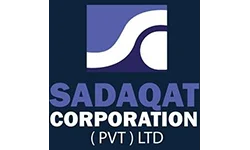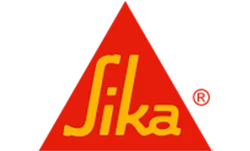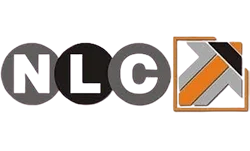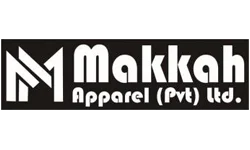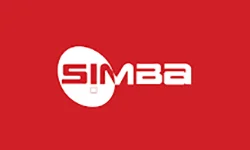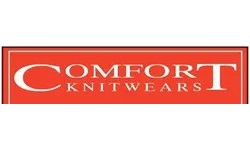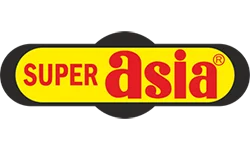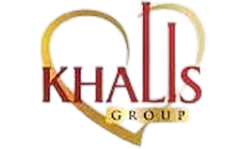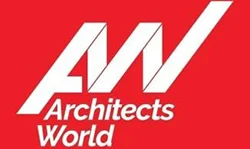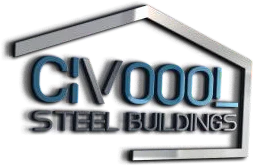Industrial Buildings
Industrial buildings are designed to accommodate manufacturing, warehousing, and other industrial operations, focusing on durability, functionality, and safety. These structures often include specialized systems for production, storage, and logistics while adhering to regulatory and zoning requirements.
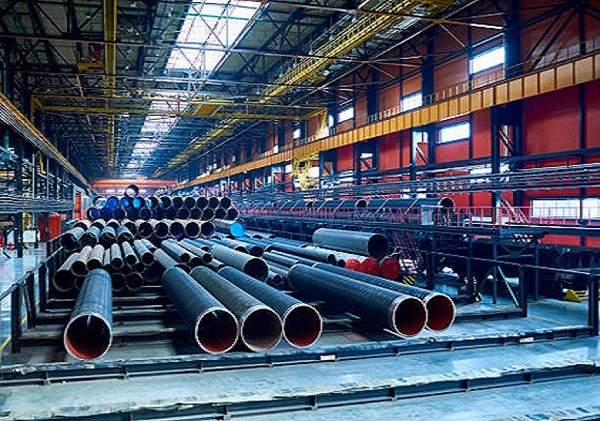
Factories & Manufacturing Units
PEB structures are the most fundamental solution for contemporary factories and manufacturing units. Their pre-engineered steel design provides and extends maximum strength and power with rapid construction schedules when contrasted with traditional concrete buildings. Along with column-free wide spans, PEB factory structures allow a smooth positioning of production lines, machinery, and conveyor systems. These structures also lessen the overall long-term and permanent maintenance expenses, making them a cost-efficient option for industries that call for durability and effectiveness. By opting for a factory PEB structure, businesses tend to ensure scalability, energy efficiency, and flexibility to adapt to production needs.
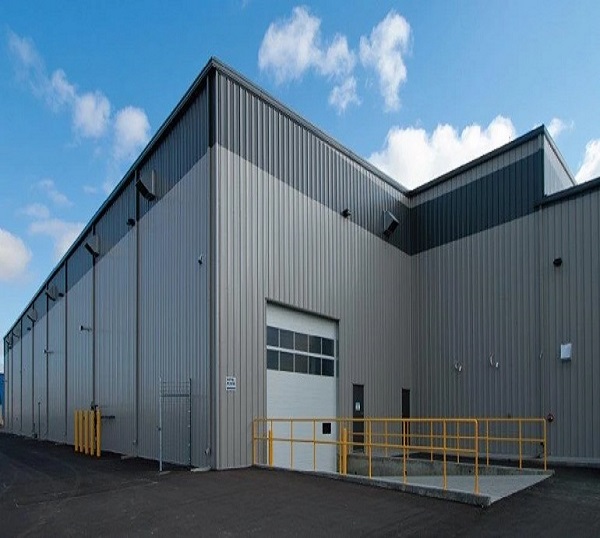
Warehouses
Warehouse PEB structures are particularly designed to enhance the storage capability while lessening the overall construction and operational expenses. Along with wide-ranging steel framing, they eradicate the requirement for interior columns, offering consecutive storage along with easy and convenient movement. The overall lightweight, long-lasting pre-engineered steel structures ensure quick assembly, decreased material waste, and increased protection. Furthermore, PEB warehouses can be personalized for temperature control, ventilation, and loading docks, making them the best choice for industries such as administration, management, e-commerce, and FMCG. Investing in a warehouse PEB structure basically helps in providing a long-lasting dependability with the increased advantage of easy and wide extension as and when needed.

Assembly Plants
PEB structures for assembly plants help in providing the pliability required to house intricate industrial operational tasks. Their overall modular design helps in the effective management and installation of assembly lines and workstations, along with automated systems, for convenience. These sorts of pre-engineered steel building are engineered for high-and extensive load bearing capacity, accommodating heavy equipment without even coming to terms with structural integrity. Assembly plants with industrial PEB structures also take advantage of energy-efficient roofing along with wall systems, lessening the overall operational expenses. With personalized spans, ventilation choices, and crane support systems, PEB assembly plants deliver top-notch functionality along with flexibility for wide-scale industrial productivity.

Heavy Machinery Accommodation
Housing heavy machinery basically needs a building that can actually hold out against high loads, along with vibrations; this is where PEB structures shine. Particularly designed with fortified steel frames along with personalized spas, industrial PEB structures can mainly accommodate cranes, turbines, pressures, and huge equipment. The pliability of pre-engineered steel buildings helps industries to design the overall layout that honors machine installation, workflow, and security. Furthermore, PEB structures offer outstanding resistance against weather and profound forces, ensuring the safeguarding of valuable industrial assets. For most of the industries requiring solid solutions, PEB heavy machinery structures provide incomparable strength and permanence.

Expansion Projects
One of the leading and primary benefits of PEB Structure is its capability to support seamless and smooth expansion projects. Far from traditional buildings, pre-engineered steel buildings are particularly designed for flexibility, allowing businesses to scale and adjust their working operations without extensive downtime or high expenses. Whether it’s expanding a factory floor, adding extra warehouse storage capacity, or even expanding an assembly plant, PEB structures make extensions rapid, cost-effective, and efficient. The steel framing system basically helps in convenient changes such as expanding the length, increasing the height, or even adding mezzanine floors to meet new needs. This pliability is specifically valuable for industries facing fast growth or varying demand, as PEB structures can be altered without interfering with the existing working operations.
Modern Industrial Expansion Powered by PEB Structures
Growth Capacity in Factory Units
Expanding factories with PEB structure basically helps industries to improve their overall productivity and capacity without having to restructure the overall building. By extending the overall bays, building height, or even introducing mezzanine floors, organizations can smoothly accommodate newly developed machinery and improved technology. Ever since pre-engineered steel buildings became portable and flexible, these expansions have become quite cost-friendly while also lessening the overall downtime when contrasted with traditional construction. Industries take advantage of faster installation, adaptability in the layout, and permanence against all the heavy lifting. For rising and developing manufacturers, this pliability actually ensures that the PEB factory expansion supports and aligns with an automation-enhanced and improved workforce, along with wider product output, while maintaining structural cohesion, along with all the set security norms.
Optimizing warehouse facilities
As the overall storage needs upgrade with time, expanding PEB warehouses becomes quite significant. Along with their wide, clear-span design, these overall pre-engineered steel buildings can conveniently be developed to enhance the overall inventory space, combine climate-controlled zones, or even add advanced racking systems. The overall adjustability of PEB warehouse structures makes vertical expansion convenient with the help of mezzanine upgradations, ensuring seamless and peerless utilization of the land. Logistics companies, e-commerce operations, and retailers actually benefit from wider expansions that do not disrupt supply chain operations. The outcome is basically a warehouse that ultimately advances and upgrades with demand, offering increased operational effectiveness, decreased expansion costs, and the permanence required for longer use.
Streamlining Assembly Plant structures
PEB assembly plants are particularly designed for scalable growth, allowing industries to add on new assembly lines or even extend floor areas as productivity volumes increase. Expansion with pre-engineered steel buildings ensures structural integrity, along with enabling the combination of automated systems, cranes, and material handling equipment. Ever since these projects are specifically designed for pliability, the industry can actually adapt towards technical innovations or even market growth, without going through major construction delays. The overall speed of PEB expansions lessens the overall downtime, making sure that assembly plants remain fully active and working. As far as the automotive electronics and machinery industries are concerned, expanding with PEB structures ensures cost efficiency, upgraded layouts, and future-oriented infrastructure.
Adapting heavy machinery spaces
Industries holding the heavy machinery actually take advantage of the PEB expansions that build and align with bigger equipment, higher load capacities, and with safe management systems. With fortified steel framing, pre-engineered steel buildings can be further built and extended to house oversized turbines, presses, and even cranes. Expansions are specifically designed to improve the security with primary aspects such as vibration resistance, fortified flooring, and enhanced and upgraded ventilation systems. Far from conventional concrete buildings, PEB structures offer increased pliability for industries that are calling for consistent and regular updates in their overall machinery systems. This ensures that expansions not only align with the existing equipment requirements but also prepare facilities for future technical innovations, offering durability and cost effectiveness in working operations.
Overall advantages of Industrial growth with PEB
One of the biggest benefits of PEB expansion projects is their overall capacity to harness all industrial applications into a pliable, cost-effective framework. Far from these traditional methods, pre-engineered steel buildings allow factories, warehouses, assembly plants, and machinery facilities to expand smoothly without any major disturbances. Every expansion combines sea, likely with the current structures, offering persistent design along with structural dependability. Businesses take advantage from the lessened labor expenses, efficient construction schedules along with pliability to adapt facilities as the requirement increases. Along with industrial PEB expansion solutions, organizations gain a future-proof infrastructure that ultimately rises with marketing needs, making sure efficiency, safety, along with permanent growth potential.
Ready to Start Your Project?
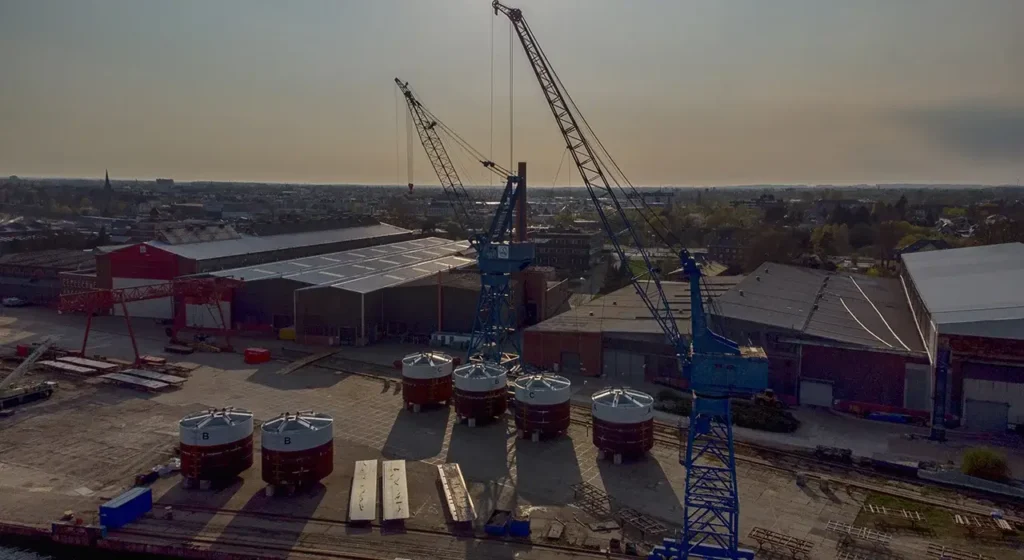
Supply & Installation
- Get timely delivery coordinated seamlessly
- Civoool will mobilize skilled teams for safe, efficient erection
- Get a fully assembled structure, ready to serve your purpose
- Quality checks ensure flawless execution
- All installations meet safety standards
- Enjoy hassle-free handover and support
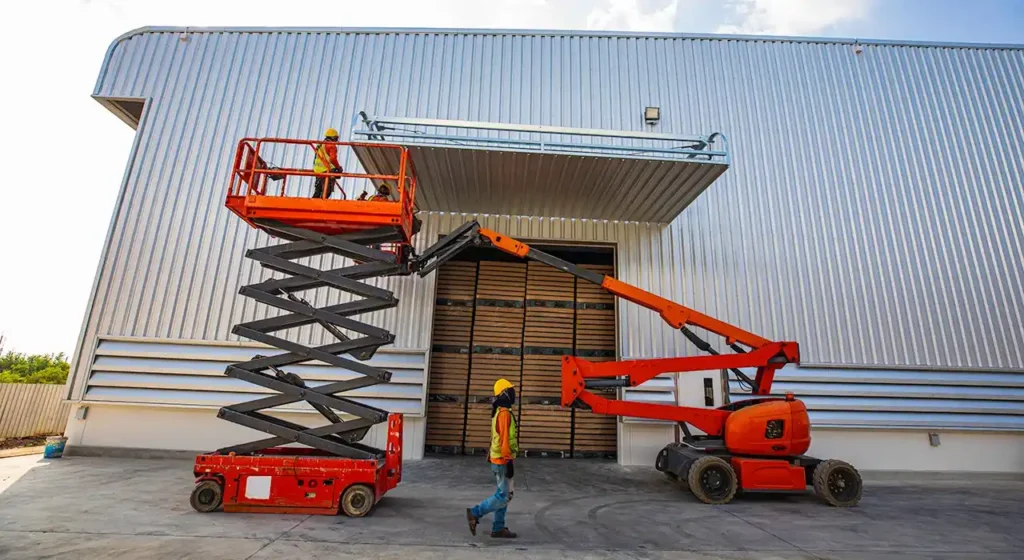
After Sales Support
- Get ongoing maintenance guidance and dedicated support
- Civoool will swiftly address any post-installation concerns
- Get peace of mind with warranty services and periodic inspections
- Stay compliant with updated regulations
- Optimize performance with expert advice
- Build a long-term partnership with Civoool
FAQs
1. What is an industrial building?
An industrial building is a structure designed for manufacturing, warehousing, distribution, or other industrial activities. These buildings typically feature large, open spaces, high ceilings, and specialized infrastructure to support heavy machinery and equipment.
2. What are the types of industrial buildings?
Common types include warehouses, factories, assembly plants, distribution centers, and processing plants. Each type is designed to meet specific operational needs, such as storage, production, or logistics.
3. How do I choose the right location for an industrial building?
The location should be based on factors like proximity to raw materials, labor availability, transportation links, zoning regulations, and access to markets. It’s also important to consider the potential for future growth and expansion.
4. What are the key features of an industrial building?
Key features include large open floor plans, reinforced flooring for heavy equipment, high ceilings for machinery and storage, loading docks, ample parking space, and specialized electrical and plumbing systems.
5. How are industrial buildings different from commercial buildings?
Industrial buildings are designed for heavy-duty operations like manufacturing and storage, whereas commercial buildings are typically for retail, office, or service-based businesses. Industrial buildings often have more robust construction to handle larger loads and equipment.
6. What are the typical construction materials used for industrial buildings?
Steel, concrete, and masonry are the most common materials used due to their durability and ability to support heavy equipment and machinery. Steel is especially popular for framing, while concrete is often used for flooring and foundations.
7. Are there zoning regulations for industrial buildings?
Yes, zoning laws regulate where industrial buildings can be built. These laws consider factors such as noise, traffic, environmental impact, and proximity to residential areas. It’s important to consult with local authorities before starting a construction project.
8. What are the maintenance requirements for industrial buildings?
Maintenance includes regular inspection of the building structure, HVAC systems, electrical systems, plumbing, and safety equipment. It’s also essential to maintain the condition of floors, walls, and roofing, especially in environments with heavy machinery or high humidity.
Our Clients
The strength of our work is reflected in the strength of our clients — trusted by industry leaders for cutting-edge Pre Engineered Steel Buildings that stand tall and endure.
